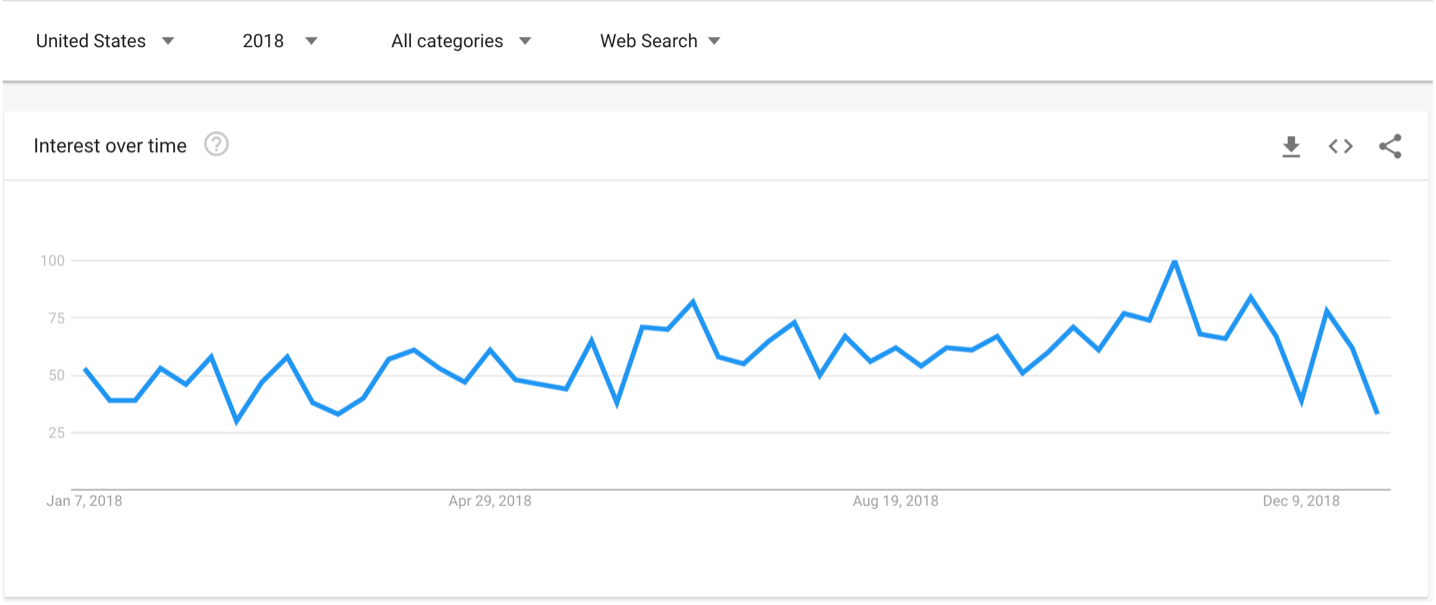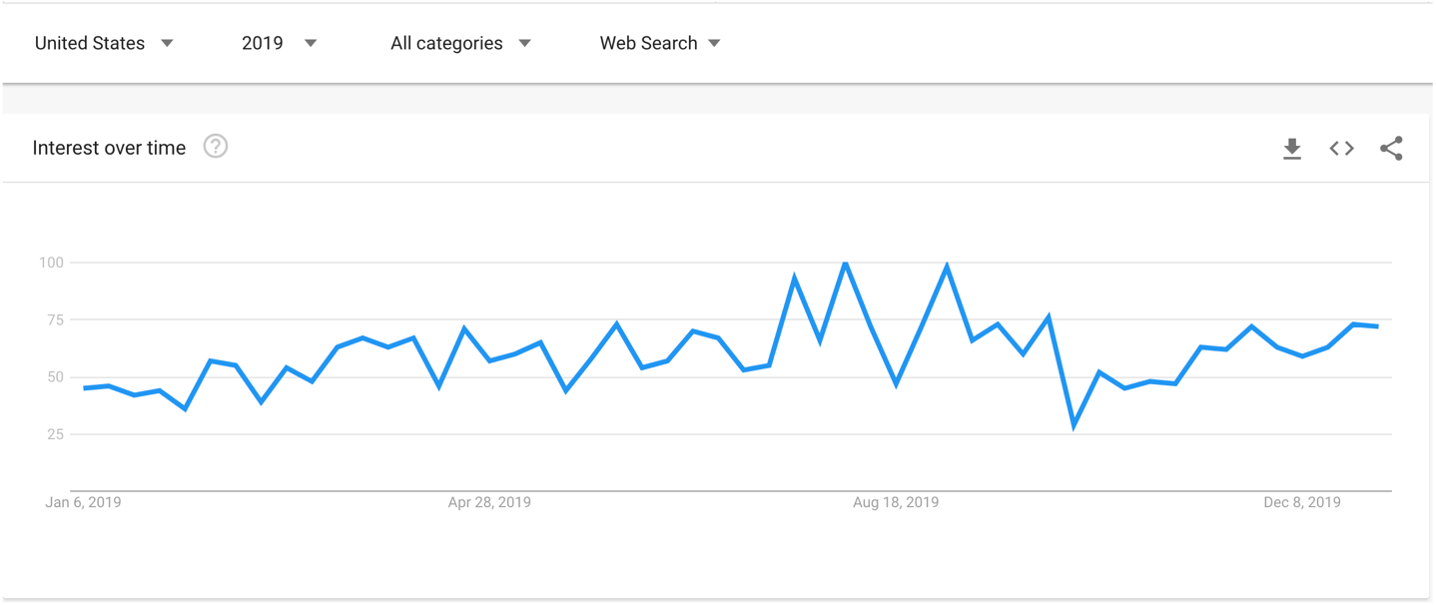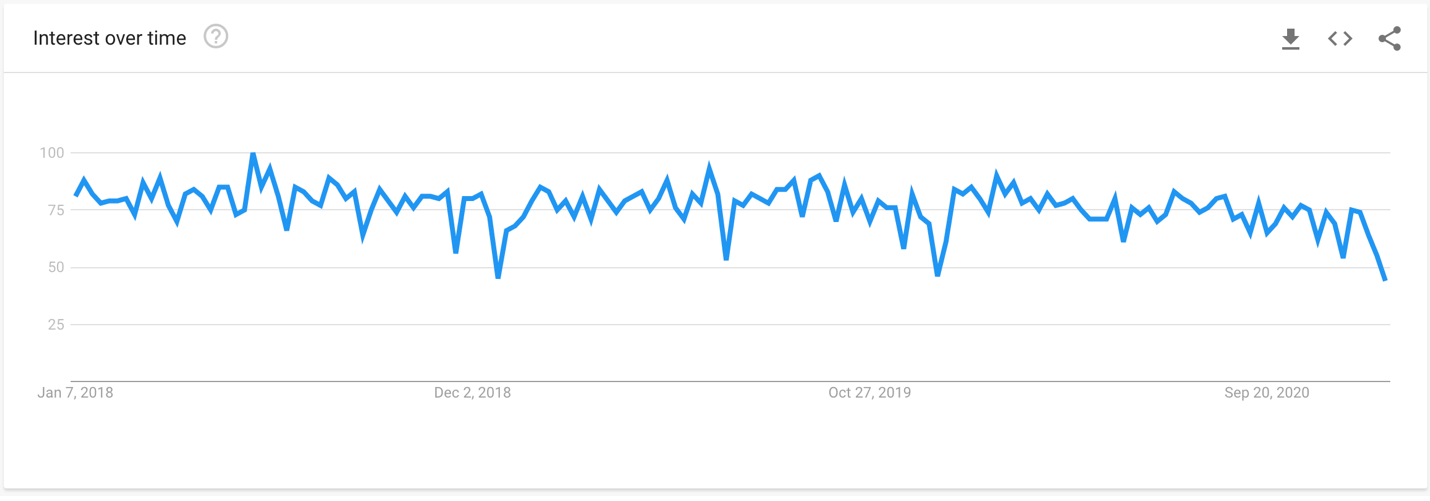Knowing when your firm can expect an increase in leads or when leads may be lacking can help your firm better run your business. You can make more informed decisions about staffing, marketing, etc. Each area of law can expect different highs and lows. Here are some of the busiest times of the year for specific areas of law:
Social Security Disability
Looking back at the SSA’s data* for 2018 and beyond, in both 2018 and 2019 the highest quarter for SSDI applications was quarter 2. In both years, quarter 3 closely followed. Based on this data, we can assume that during April – June disability attorneys may see an uptick in interest. In 2020, the SSA also reported that quarter 1 had the highest number of applications, but with the unprecedented times of 2020, it’s difficult to make assumptions of when the best time of the year for Social Security disability is using 2020’s data.
The SSA’s data for 2021 has shown that so far April has had the highest number of SSDI applicants, supporting the trend of 2018 and 2019 with Q2 having the largest number of applicants.
Personal Injury
As expected, the summer and winter months prove to be some of the highest volume for personal injury attorneys. Here we can see two charts from Google Trends for the term “car accident lawyer”:


Google Trends is a free tool provided by Google. It allows you to look at a search term’s popularity over time. You can compare multiple keywords at once, select different time frames or look at specific states.
These search trends shown above support that there are spikes in the need for car accident attorneys during the summer months and during the holiday season. As more people travel for the holidays paired with icy conditions, it’s no wonder that there is an increased interest in personal injury attorneys in the winter. Similarly, as more travel for vacations in the summer, there is an increase in auto accidents. Based on this data, personal injury firms should expect to have an increase in leads and cases in the summer and winter.
Workers’ Compensation
Workers’ compensation firms may see an uptick in cases during the warmer months. Looking at Google Trends for the keyword “workers compensation”, we can see steady search volume during the summer months and steep drop offs during the winter around the holidays. Search trends then pick back up in the February:

It’s likely this trend is due to hot summer months resulting in poor work conditions. As more workers experience things like dehydration or other heat-related injuries, the increase in demand for worker’s compensation will increase. Winter holidays likely cause a drop in work. Then, in January-February as the holidays are over, icy and cold work conditions trigger growth in worker’s compensation claims.
Family Law
January is often known as “divorce month”. During the holiday months of November to December, divorce filings are often pushed off to celebrate holidays. As the holidays finish, many are ready to file for divorce as January approaches. Although January does have a high spike in divorce cases, a study done by the University of Washington** found that March and August have the highest number of divorce filings.
Following the same logic as before, the high number of divorces in March are a result of lack of filings during the holiday months. As the holidays end and spouses have not changed, divorces occur. Similarly, the high number of divorces in August are a result of family vacations in the summer. As vacations are planned, many are less likely to file for divorce. Instead, once they return from family vacations and summer winds down in August, divorces become more frequent.
Bankruptcy
According to the United States Courts website***, quarter 2 of 2016-2019 had the most bankruptcy filing, making April-June the most popular time to file for bankruptcy. This time of the year directly correlates with tax season. Many receive a return that is enough to cover any costs associated with filing for bankruptcy. Rather than using the funds to make a one-time payment towards any debts, they use the return to pay for filing for bankruptcy.
What Should I Do with This Information?
There are a lot of different ways your firm can utilize information about season trends within your area of law(s). Establishing what time of the year potential claimants may be seeking assistance with a claim can help your firm better prioritize your marketing budget, determine when to hire more help, or when to prioritize seeking help with generating leads.
Marketing
As your firm begins to understand when you can expect a spike in interest of a particular case type, you can begin allocating your marketing budget to reflect this. For example, a Social Security disability firm may want to spend more of the annual marketing budget during quarter 2, when more people are seeking assistance for filing disability claims.If your firm handles two different areas of law, such as family law and personal injury, you can better determine when to focus on marketing a specific area of law. You may want to focus your marketing efforts on divorce during the early months of the year as well as during the fall. Then during the summer and winter when personal injury cases are on the rise and divorce filings drop, your firm should switch your marketing focus to PI.
Hiring
Having a full and trained intake staff as your firm’s busy months approach can help your firm increase lead conversions as well as help with the overall success of your firm. Understanding when your firm will most likely see an increase in interest can help you budget for hiring new staff. If your intake staff has a high turn-over rate, then you’ll want to make sure any new staff has been fully trained in time for your seasonal increase. If you only want seasonal help, consider hiring an intern to help during your busy months. When it comes time for your firm to see a spike in leads, you’ll want to make sure all your staff is able to properly use your case management software. This will help keep everyone on track with the high number of pending claims.
Getting Help with Generating Leads
Going hand in hand with your marketing budget, knowing when a specific area of law is likely to have a jump in interest can help you determine when to use third-party sources for generating leads. When working with a lead provider, you can use this knowledge to help determine how many leads you’d like each month. At eGen, we allow you to create custom packages. Consider increasing your monthly lead limit in the off months to try to supplement the organic traffic your firm may be losing. You can also capitalize on increased interest in area of law by increasing your monthly lead amount when interest is at its highest. For example, a workers’ compensation attorney may want to purchase more leads during the summer but reduce their lead amount in the fall when workers’ compensation claims fall.
No matter how you choose to use this information, taking the time to understand what months are the best time of the year for your area of law(s) can help with making informed decisions about your firm. Continue to research the seasonal trends of different case types as well as look at your firm’s own data to better understand what months may be busiest for your firm.
Sources:
